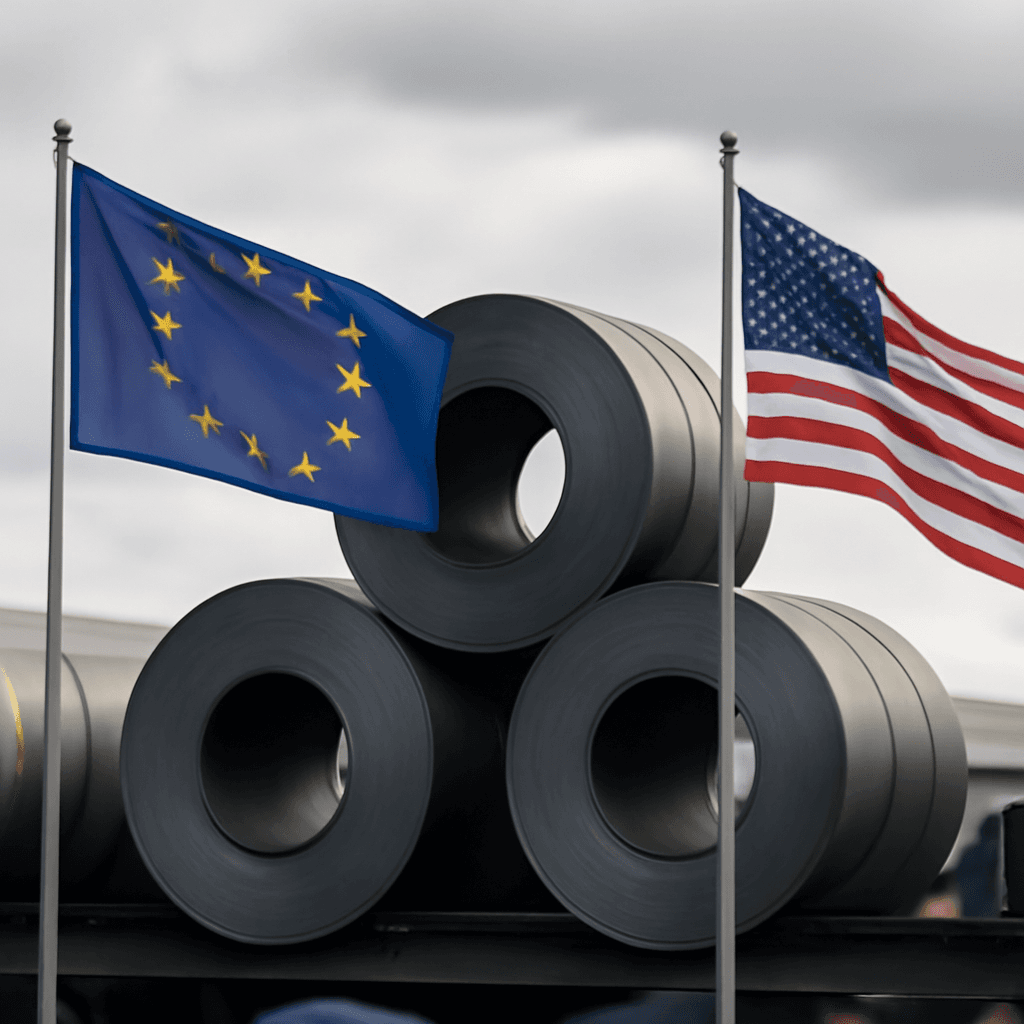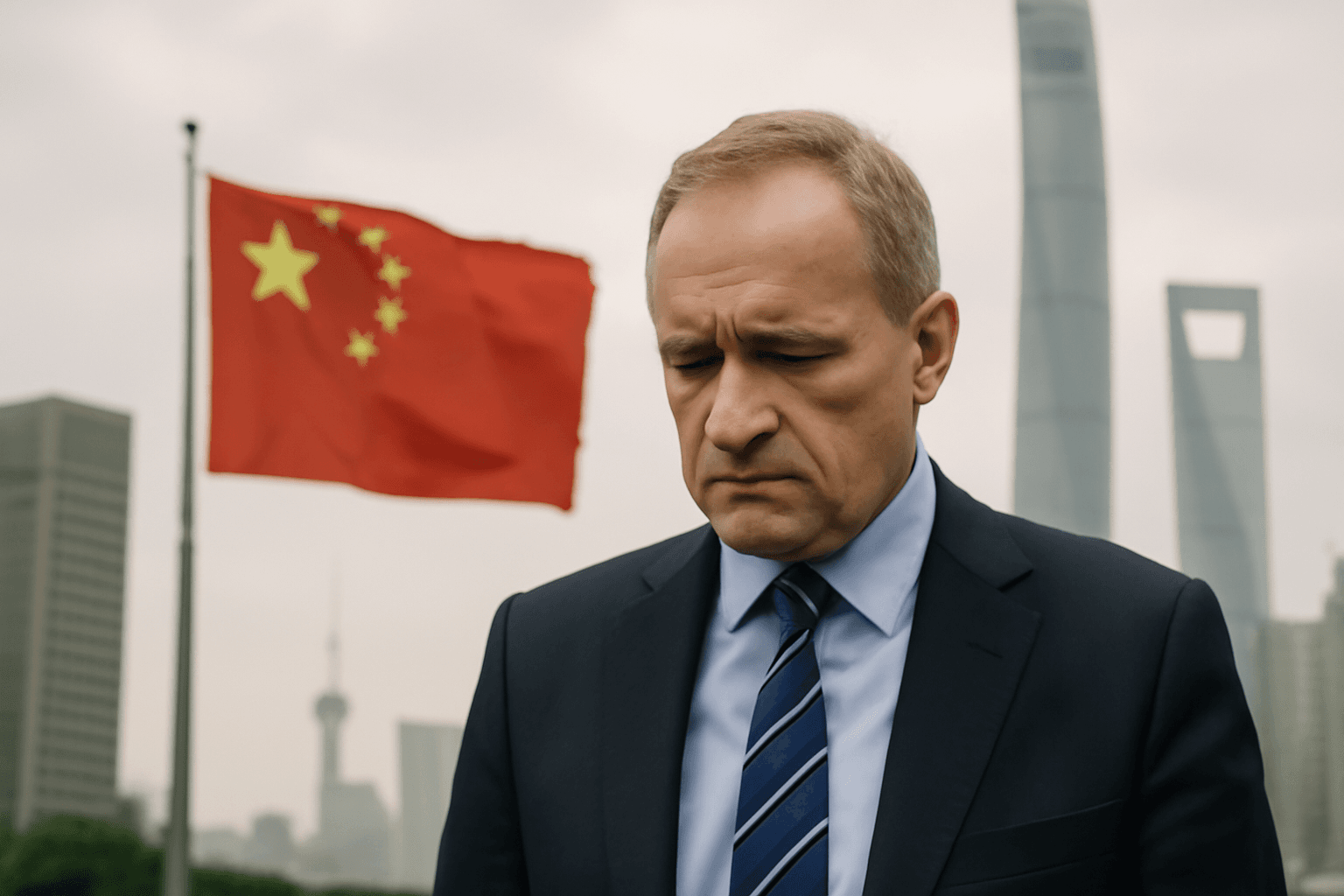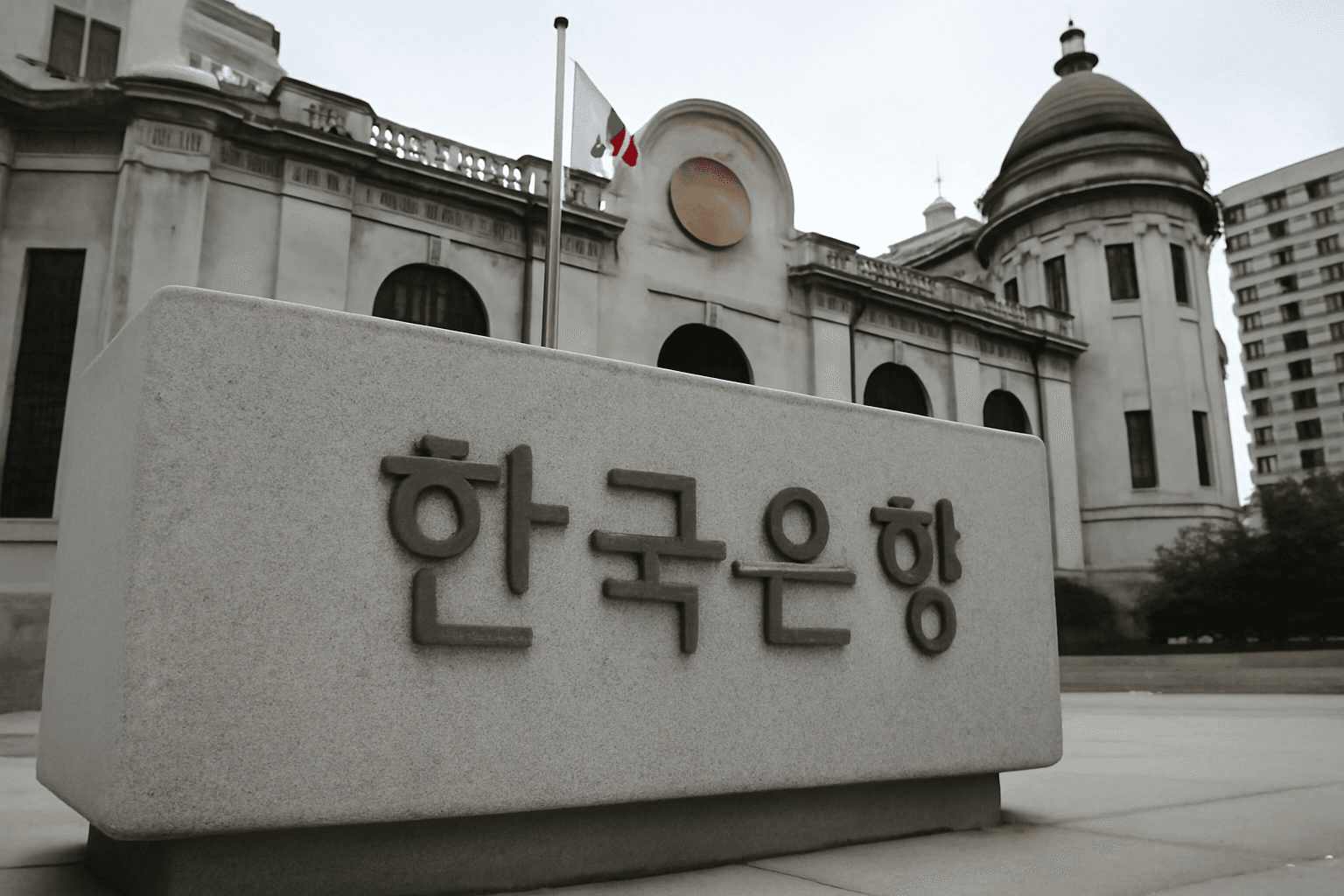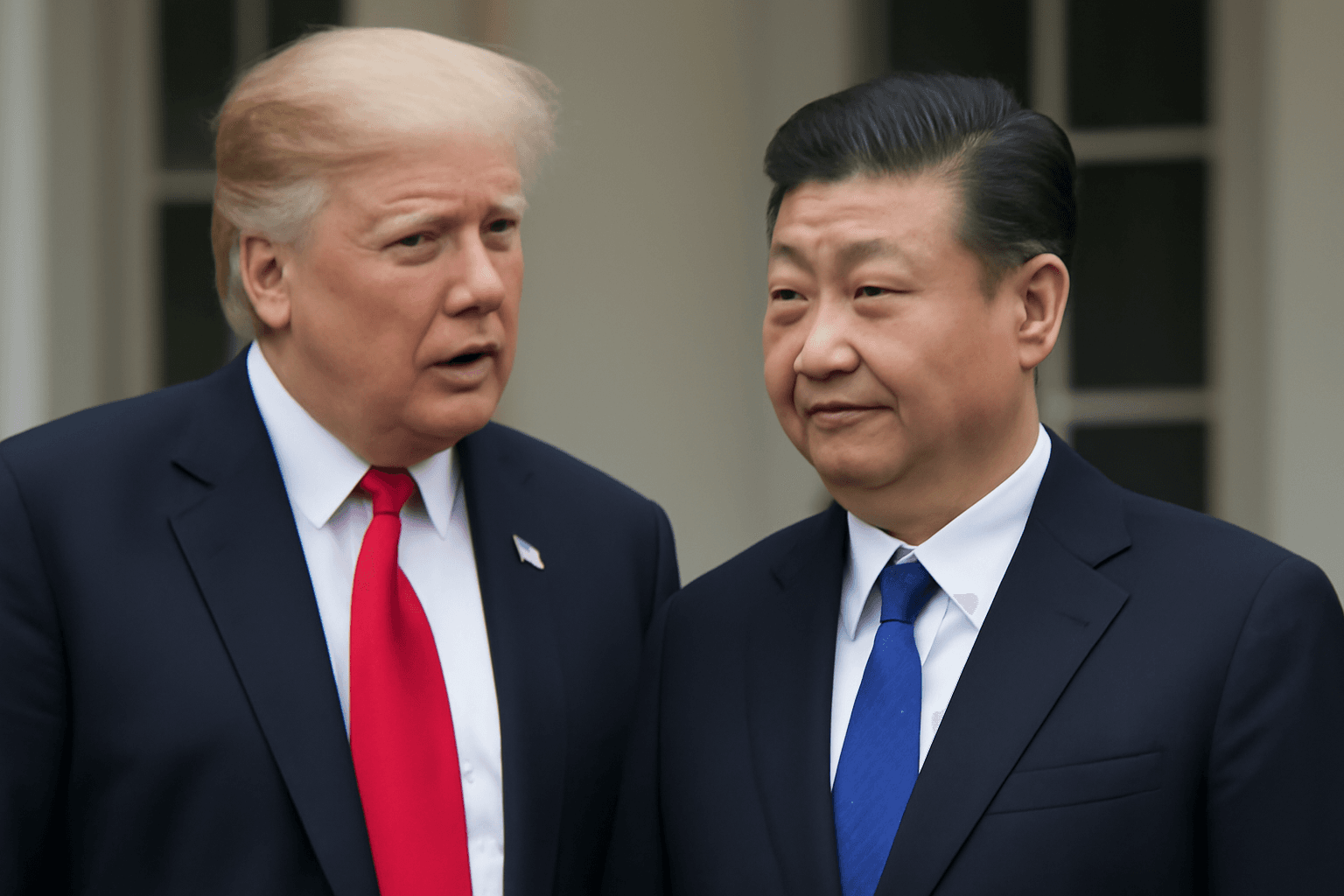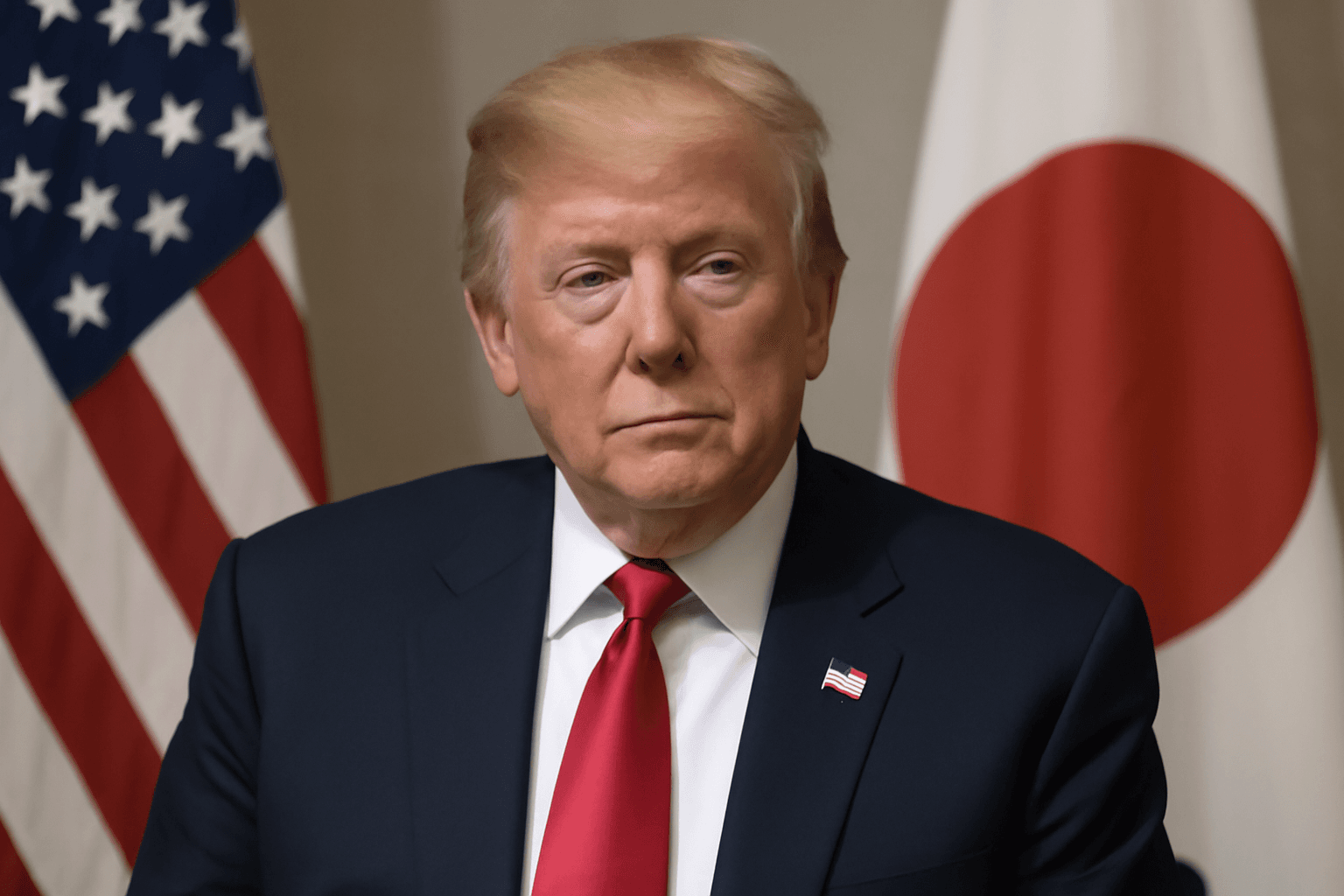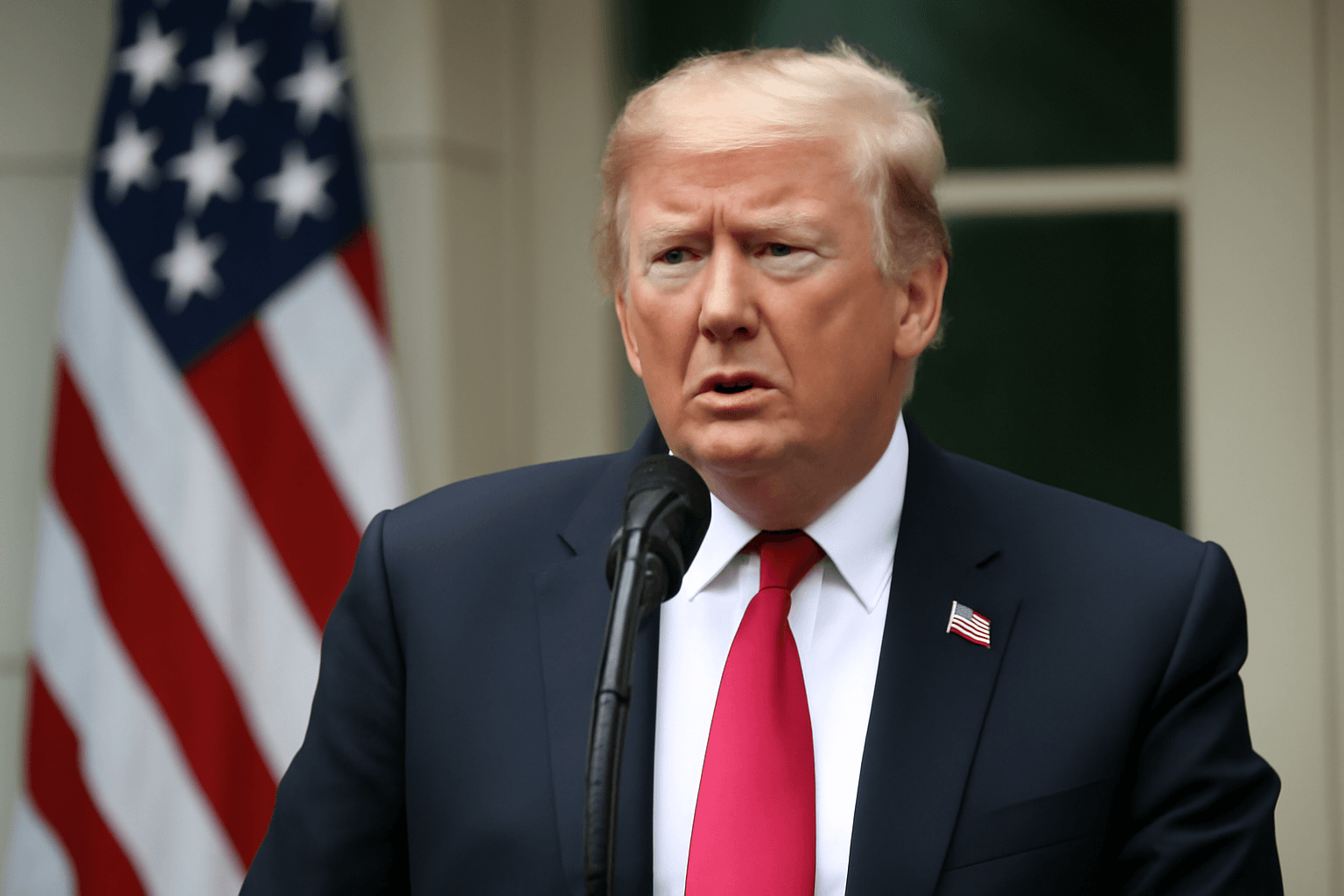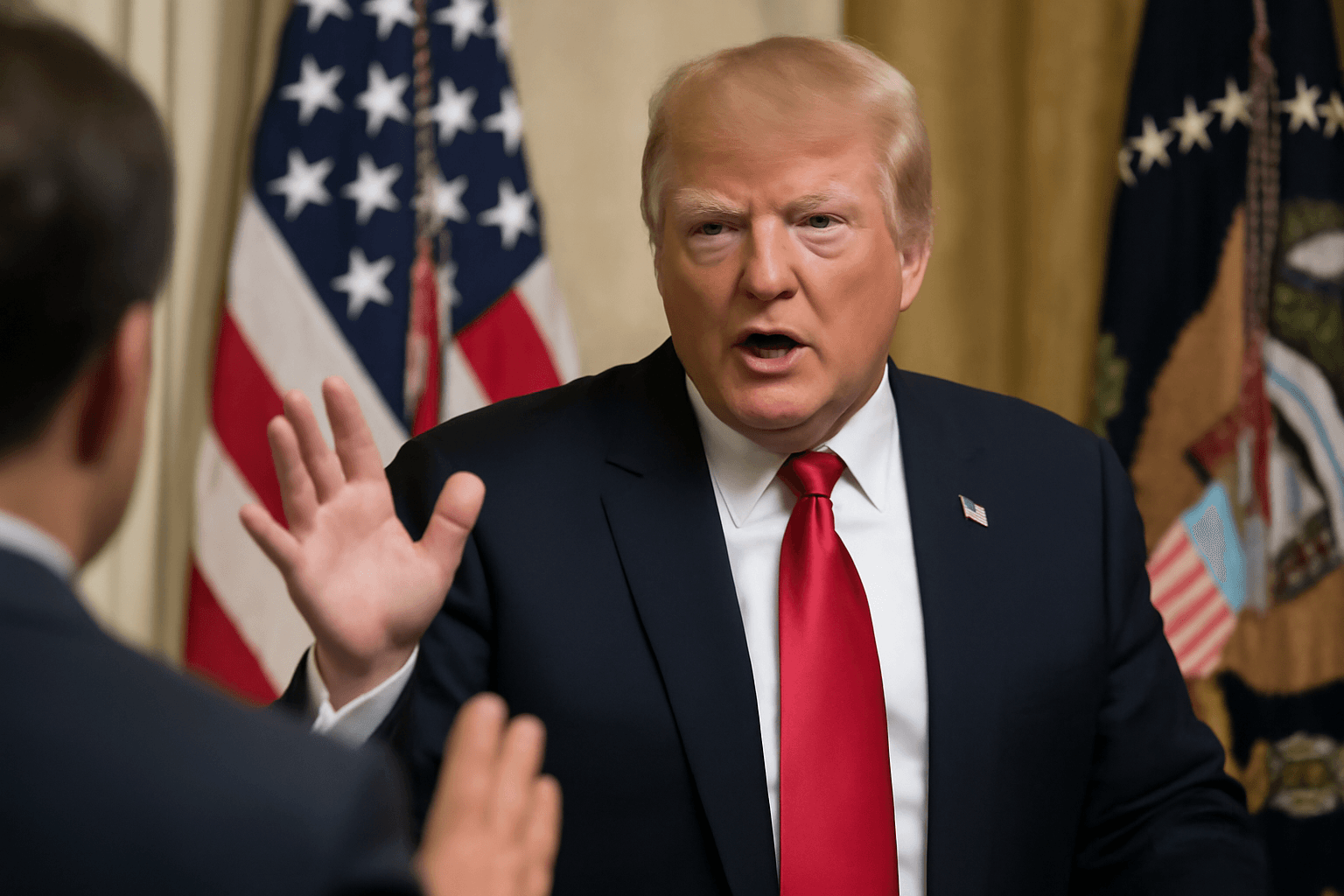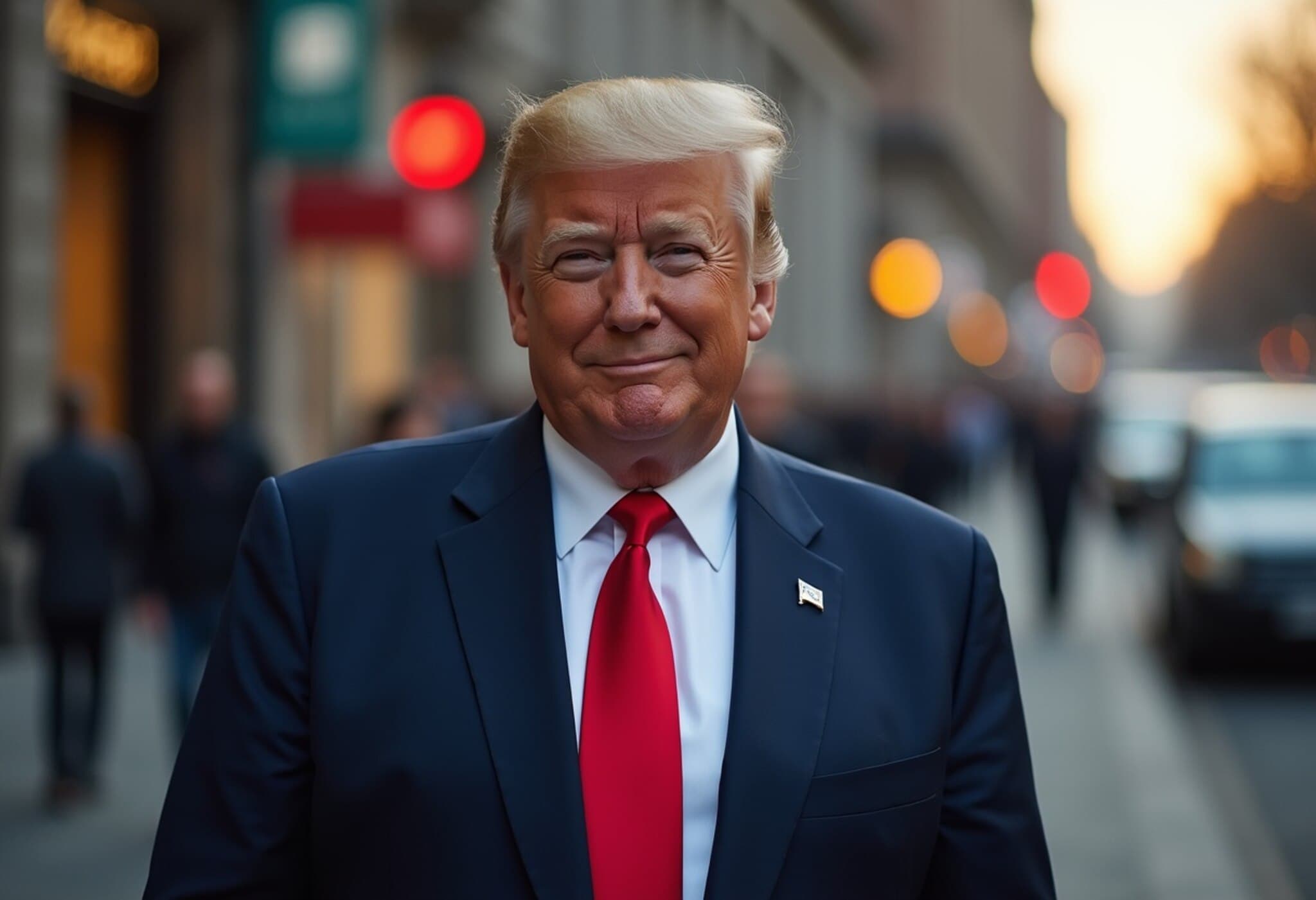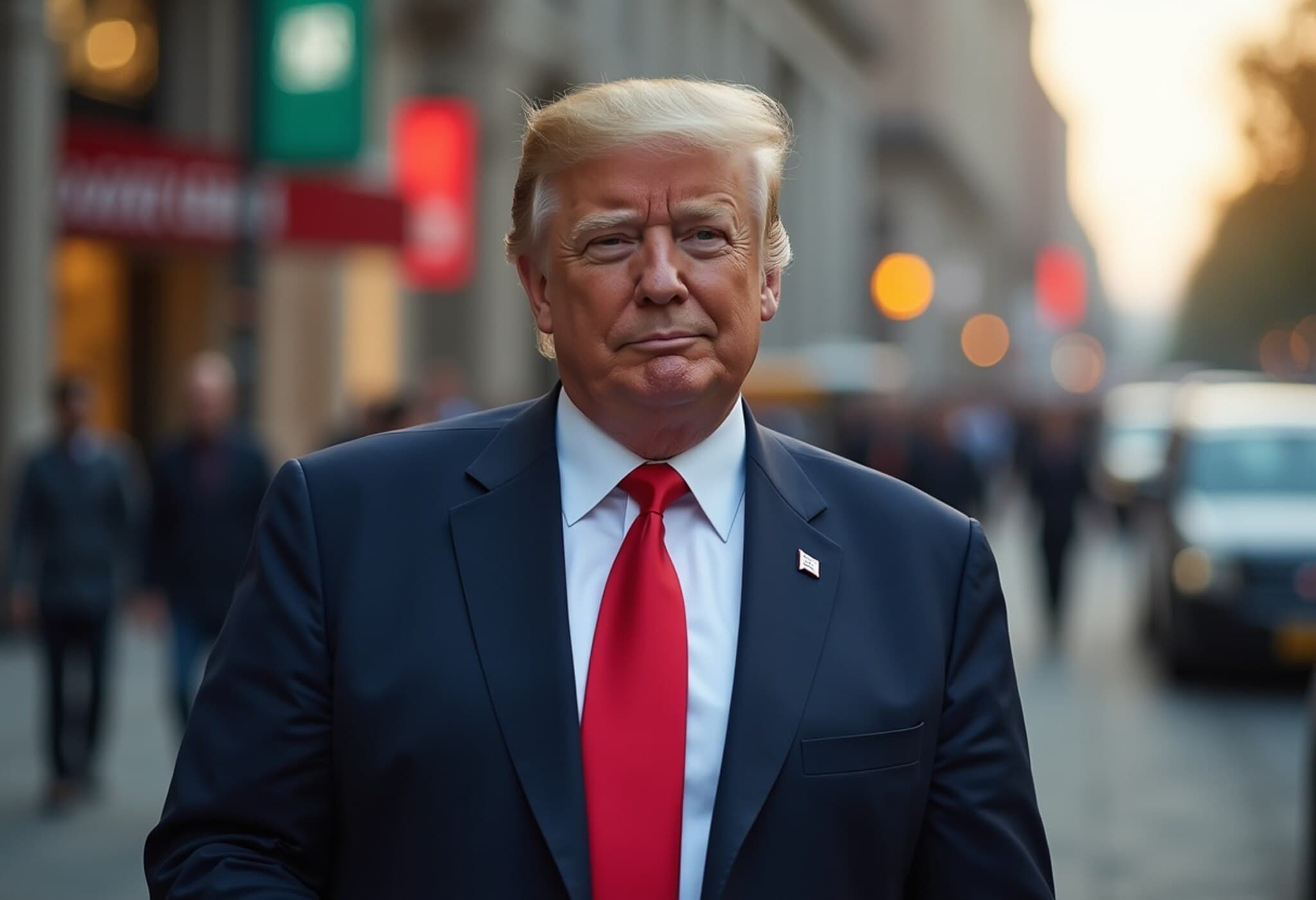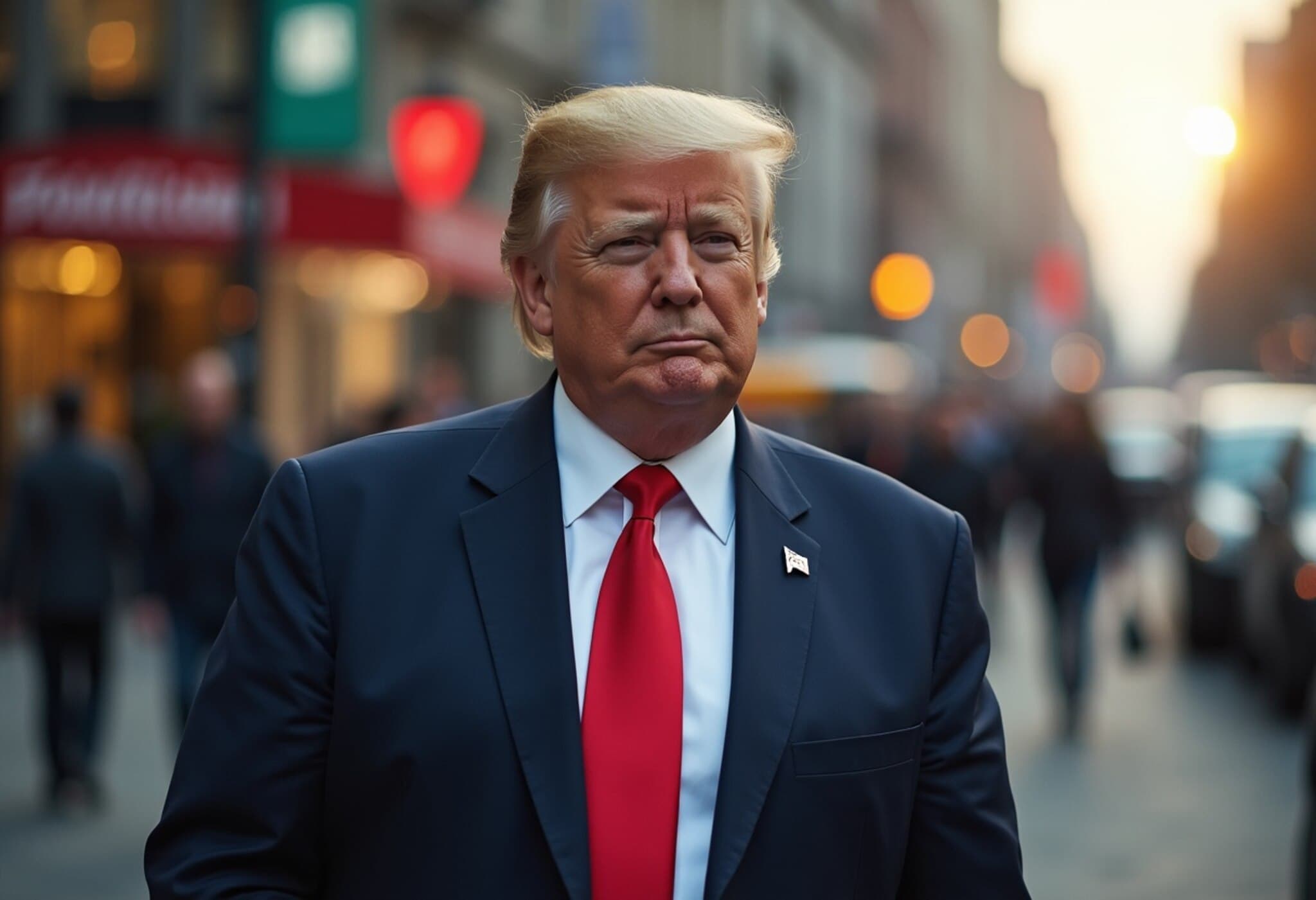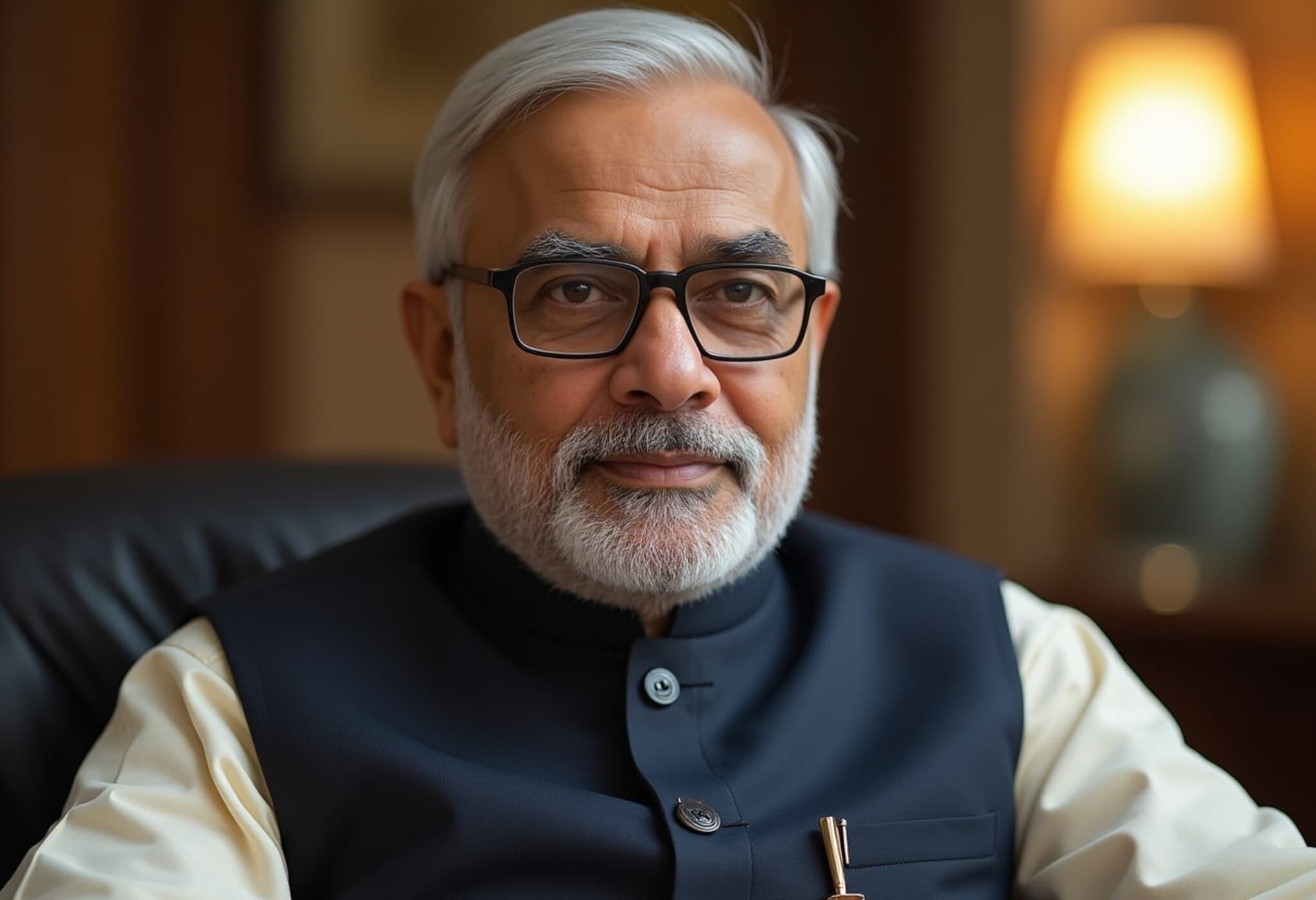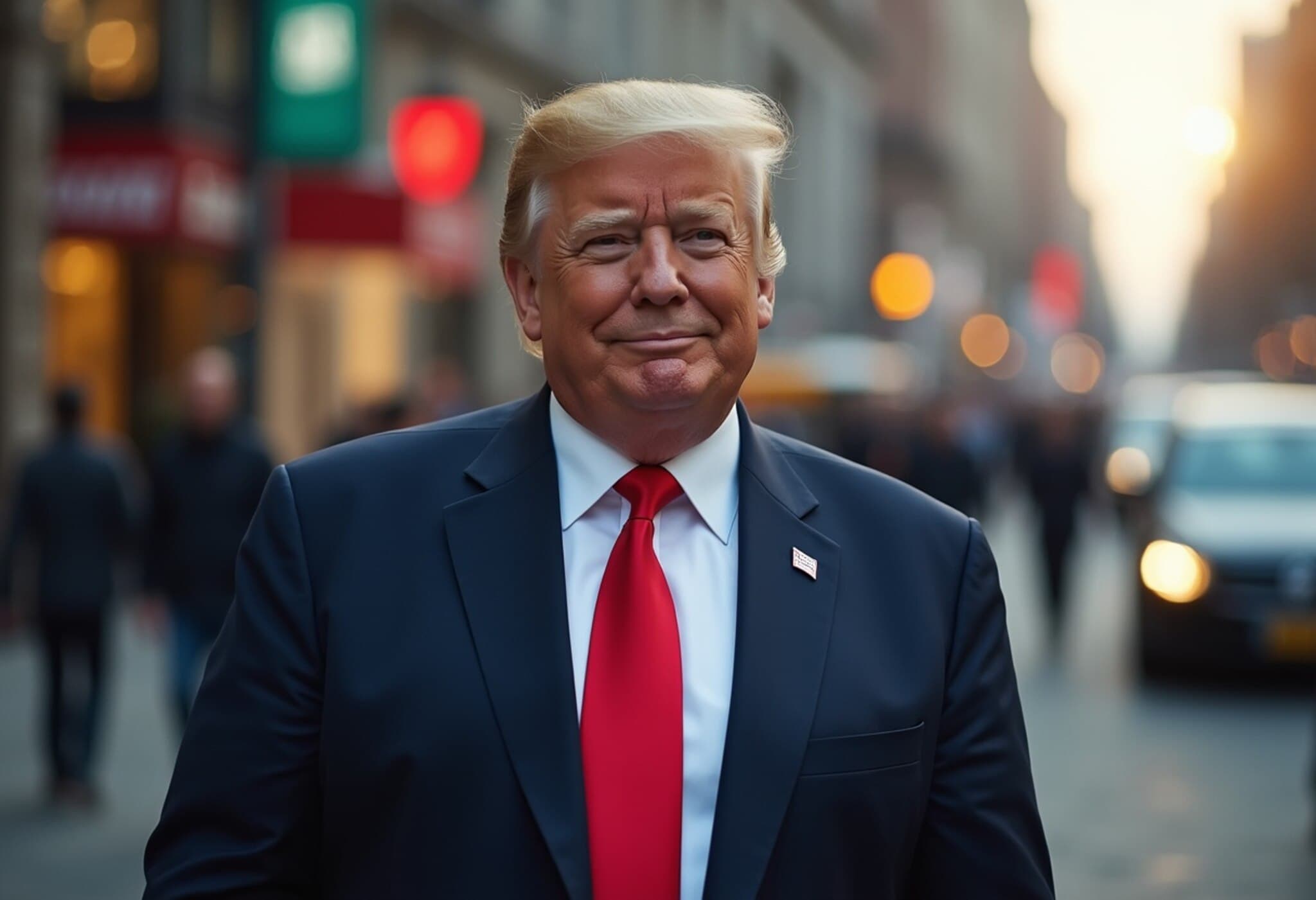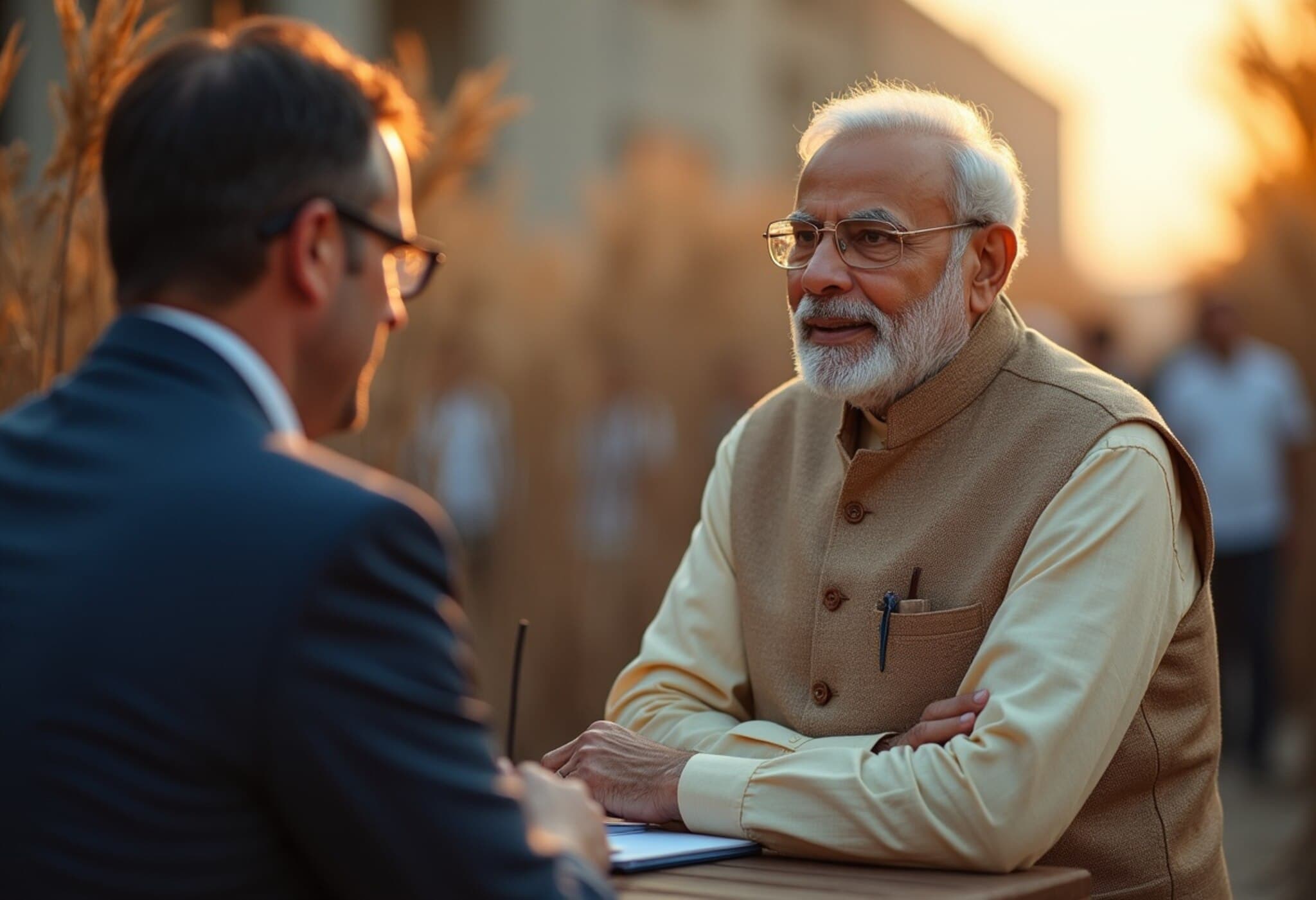US Tariffs Pose Growing Concern for India’s Economic Growth
In recent developments marking a tense chapter in Indo-US trade relations, US President Donald Trump’s imposition of a 25% tariff on Indian imports has sparked heated debate on its potential impact on India’s economy. While an Indian government official has downplayed the fallout, suggesting a limited dip of 0.2% in GDP, numerous independent analysts warn that the consequences could be far more severe.
Official Optimism Versus Analyst Warnings
An official speaking to India Today has characterized the tariff’s effect as “not at all alarming”, estimating a manageable shrinkage in GDP growth to around 6.3% for the 2025-26 fiscal year. This projection is based on existing GDP data and growth forecasts by the Reserve Bank of India.
However, independent economists and financial institutions caution against such optimism. According to research from the State Bank of India (SBI), even a 20% tariff could shave off 50 basis points from GDP growth. Scaling this to 25% tariffs, they project a potential GDP reduction of approximately 62 basis points, which translates to a growth rate dropping below 6%, to about 5.87%.
Similarly, economists from ANZ Bank predict a 40 basis points reduction, accentuating the broad consensus that the tariffs could seriously hamper India’s economic momentum.
Trade Relations and Sectoral Impacts
The tariffs come amid rough waters in India-US trade negotiations, with Washington expressing discontent over India's oil imports from Russia and defense procurement decisions. Agriculture and dairy sectors—critical to India’s rural economy—have been explicitly protected by India from any trade agreements; however, this remains a sticking point for the US.
The government remains confident that sectors such as agriculture, dairy, and MSMEs (Micro, Small, and Medium Enterprises) will feel minimal impact. Nonetheless, the threat of tariff-induced export decline looms large, with SBI’s analysis suggesting that a 1% tariff increase could lead to a 0.5% drop in export volumes. At the current tariff level, this could mean a significant 12.5% fall in exports, which could ripple through trade-dependent industries and employment.
Broader Economic and Policy Implications
This tariff episode underscores the fragility of global supply chains and the heightened vulnerability of emerging economies amid geopolitical tensions. For India, which aspires to maintain robust growth trajectories, these challenges highlight the urgent need for strategic diversification of export markets and deeper engagement in multilateral trade frameworks.
From a policy lens, the episode raises critical questions about balancing diplomatic relations with economic imperatives, especially when national security interests intertwine with trade policies. The ongoing standoff also illustrates the limits of protectionism as a tool in an increasingly interconnected global economy.
What Lies Ahead?
- India’s Response Strategy: How India manages to cushion vulnerable sectors without jeopardizing broader trade engagements will be pivotal.
- US Political Dynamics: With changing political landscapes in the US, tariff policies might evolve, potentially easing or intensifying trade tensions.
- Global Market Reactions: Investors and businesses closely watch these developments to recalibrate supply chains and investment decisions.
Expert Insight
Trade economist Dr. Meena Srinivasan notes, "The official estimate is reassuring but may underestimate cascading effects, especially on exports and employment in export-dependent sectors. For sustainable growth, India must accelerate its efforts in trade diversification and enhance competitiveness domestically."
Editor’s Note
While government officials maintain a cautiously optimistic tone regarding the impact of Trump’s tariffs, the data and independent forecasts paint a more complex picture. The delicate balancing act between economic resilience and geopolitical strategy has never been more evident for India. Readers should watch closely how these tariffs will influence India's growth trajectory and broader trade policy, all while reflecting on the global implications of rising protectionism.


